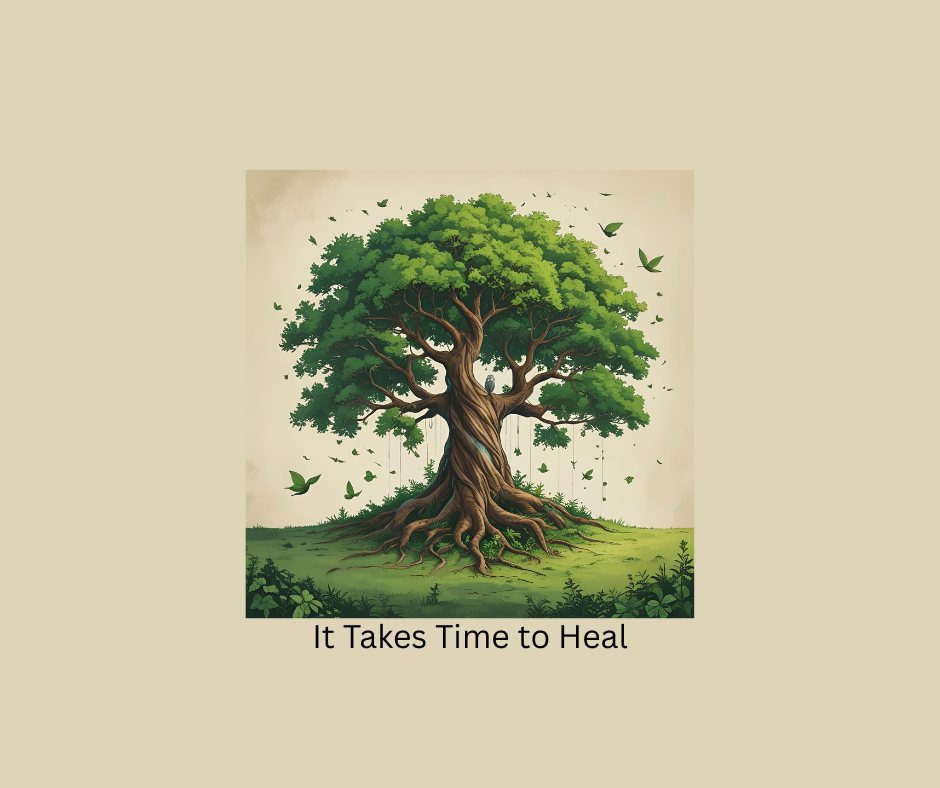
“Why can’t you just get over it?”
“It happened so long ago, quit hanging on to it!”
“Aren’t you through with that yet?”
These are all things that have been said to me when I have been open about my mental health struggles related to the abuse and terror I suffered as a child. I don’t think people meant to be harmful, though they were, but instead I think that people who haven’t lived through trauma just don’t understand the long term effects.
To educate people, I share about a groundbreaking study conducted in the mid 1990s that has generated a mountain of follow up research confirming its findings.
Adverse Childhood Experiences (ACEs) were first studied by Kaiser Permanente from 1995 to 1997. Over 17,000 Health Maintenance Organization members from Southern California received physical exams and completed confidential surveys regarding their childhood experiences with child abuse and neglect, household challenges, and other socio-behavioral factors. The surveys also asked about current health status and behaviors.
The study found that ACEs are common across all populations. Almost two-thirds of study participants reported at least one ACE, and more than one in five reported three or more ACEs.
The ACE score is the total sum of the different categories of ACEs reported by participants. Study findings showed that as the number of ACEs increases so does the risk for negative outcomes in academics, occupation, income, substance use, physical and mental health outcomes.
More information can be found in the original study “Relationship of Childhood Abuse and Household Dysfunction to Many of the Leading Causes of Death in Adults,”.
Another resource I share is the book Mindsight: The New Science of Personal Transformation by Dan Siegel. It it Siegel explains how trauma alters the construction of neural networks in the brain. The amygdala, the brain’s danger warning center, can get paired with stimuli present during traumatic experiences. Later, when those stimuli are present even in neutral contexts, the amygdala sets of an alarm and a cascade of chemicals stimulate a fear based response. And the more the stimuli were paired with traumatic situations, the stronger the association and the faster the automatic response. This is how a seemingly harmless sight, smell, taste, or touch can trigger a fear based response that seems out of proportion.
These two pieces of science have helped me understand myself and why I have some of the reactions that I do. It helped me to have more compassion for myself regarding flashbacks, intrusive memories, and aversions to seemingly neutral stimuli. Therapy has helped me find ways to deal with those things.
While I am responsible for the choices I make regarding how to cope, it is not my fault that I’m not completely over trauma experienced in childhood as if it never happened. Some wounds get in too early and go too deep to ever completely go away. I am better and I cope better these days though. And, thanks to sobriety, good therapy, and an awesome support network I have a life that is abundant, rewarding, and amazingly good.
But, no…I’m not “over it yet.” And if you aren’t either, be gentle with yourself and keep working along your own healing journey.
